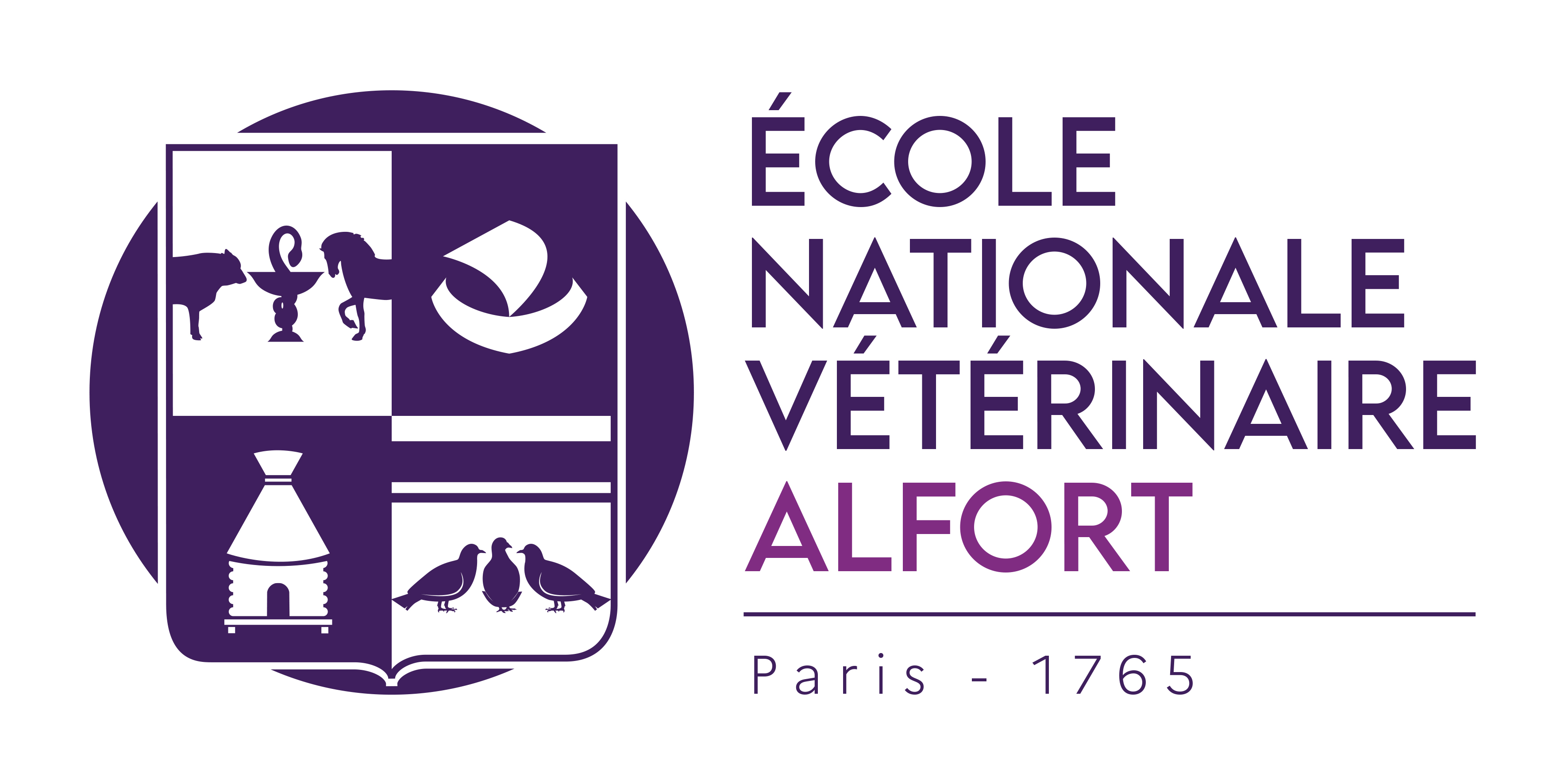Tick research in the uprise of tick-borne diseases
Résumé
Ticks and the pathogens they transmit represent a growing burden on human and animal health worldwide. During their feeding, ticks secrete a myriad of pharmacologically active proteins, which are a major component of vector-host interactions. These molecules also facilitate the transmission of pathogens. In the first part of this document, I briefly describe the work done on the characterization of salivary lipocalins. Specifically, I have been involved in the functional characterization of a tick lipocalin, Japanin, which has immunomodulatory effects. We have shown that Japanin inhibits the upregulation of CD86 in response to multiple dendritic cell maturation stimuli. Recently, tick vectors (such as Amblyomma americanum) have been implicated in an emerging anaphylactic disease, α-Gal syndrome. Specifically, the IgE antibody response to the α-Gal carbohydrate after a tick bite is associated with allergies to red meat, cetuximab (therapeutic monoclonal antibody), and gelatin. I have been involved in identifying tick proteins containing the α-Gal modification. Furthermore, anti-α-Gal immunity (IgG and IgM) plays an important role in protection against infectious diseases, and the B blood group reduces anti-α-Gal antibody levels in humans. We found a significant positive correlation between the frequency of the B blood group and the incidence of malaria and tuberculosis in sub-Saharan Africa, Spain, and Portugal. In the second part of the document, I present my findings on the characterization of a new tick-borne disease affecting livestock in the American continent. Anaplasmataceae is a family of Alphaproteobacteria belonging to the order Rickettsiales and includes the genera Anaplasma, Ehrlichia, Neorickettsia, and Wolbachia. Among these genera, Ehrlichia and Anaplasma are important pathogens for animals and humans. Ehrlichia are obligate gram-negative intracellular bacteria that grow in membrane-bound vacuoles in human and animal leukocytes, causing ehrlichiosis. In the 2001 reorganization of the Anaplasmataceae family, only five Ehrlichia spp. were officially recognized (i.e., E. canis, E. chaffeensis, E. ewingii, E. ruminantium, and E. muris). In 2012, we isolated a new Ehrlichia species, accepted in 2016 by the International Committee on Systematics of Prokaryotes under the name E. minasensis. Ultrastructurally, this new bacterium resembles E. canis, E. chaffeensis, and E. muris. Complete genome sequencing and phylogenetic analysis using multiple bacterial genes showed that E. minasensis is closely related to E. canis. Interestingly, E. minasensis was initially isolated from Rhipicephalus microplus ticks, while E. canis is mainly found in R. sanguineus. Independently, a group of Brazilian researchers reported that E. minasensis was pathogenic to livestock, while E. canis is mainly pathogenic to dogs. A further evolutionary analysis using the main glycoprotein TRP36 suggested that E. minasensis recently evolved from a highly divergent and variable clade of E. canis. Next, I present the main results of my research on the epidemiology and genetic diversity of Anaplasma marginale and E. canis using the major surface proteins MSP1a and TRP36. In collaboration with researchers from South Africa and Brazil, I studied the epidemiology and genetic diversity of A. marginale in these two countries in both buffalo and cattle. One of the main achievements of this work was to provide, for the first time, molecular evidence on the prevalence of A. marginale in 8 of the 9 South African provinces. In the third part of the document, I developed the use of network analyses to study the ecological interactions between ticks and their pathogens. Recently, we applied this approach to identify over 14,000 interactions between ticks, hosts, and transmitted pathogens in the Western Palearctic, unraveling their complex interactions. We found that: (i) natural networks of ticks-hosts-pathogens are highly structured, modular, coherent, and nested, (ii) the large number of vertebrates in the network contributes to its robustness and persistence, (iii) the network structure reduces interspecific competition and allows for a wide but modular circulation of transmitted pathogens among vertebrates, (iv) remarkably, considering domestic hosts collapses the modular structure of the network, linking host groups that were previously unrelated, and increases pathogen circulation. In several papers, we showed that ecological network analysis is an exceptional tool for studying the ecological associations of microorganisms and their hosts. A significant part of my research focuses on pathogen interactions with ticks. Vector competence is a component of vectorial capacity and depends on genetic factors affecting a vector's ability to transmit a pathogen. These genetic factors affect traits such as susceptibility to being infected by a pathogen. Therefore, elucidating the mechanisms involved in the interactions between ticks and pathogens that affect vector competence is essential for identifying the genetic factors related to tick-borne diseases in humans and animals. In this context, I detail my research on the characterization of molecular interactions between A. phagocytophilum and its tick vector, Ixodes scapularis; more specifically, on the role of the bacterial stress response (GroEL and HSP70 proteins) and surface proteins (MSP4) in tick cells and salivary glands during infection and its functional implication in tick-pathogen interactions. Finally, I present a part of my research on tick epigenetics. In a pioneering work, we identified 39 histone-modifying genes (HMEs) in the genome/transcriptome of I. scapularis and phylogenetically and structurally characterized 5 histones and 34 HMEs, including histone acetyltransferases, histone deacetylases, sirtuins, histone methyltransferases, and histone demethylases. In the future, I aim to develop four main research areas on ticks and tick-transmissible pathogens: (i) tick-pathogen interactions, (ii) tick-induced allergy, (iii) the ecology of ticks and tick-transmissible pathogens, and (iv) tick epigenetics. Regarding the first point, we use the pathogen Anaplasma phagocytophilum as a model to study pathogen manipulation of ticks. For this, we use a System Biology approach combining genomics, transcriptomics, and proteomics to unravel the pathways (e.g., metabolism, cytoskeleton, epigenetics, immune response, and oxidative stress) affected during infection by a pathogen (this year, we published 2 manuscripts on this subject). Regarding the second point, our laboratory is a leader on this topic within the "tick" community. This is reflected in our publications in leading journals such as Allergy (2017) and Trends in Parasitology (2017). Notably, this year, we published the first report on tick proteins that may be involved in tick-induced allergy, a growing health issue in Europe and the United States (this year, we published 4 manuscripts on this subject). The third point reflects our interest in the ecological dimension of interactions between ticks, pathogens, and their hosts. For this, we use a combination of phylogenetic and network analysis. In this regard, we published our first results this year suggesting that Ixodes ricinus, the most important vector in Europe, evolved to maximize its habitat overlap with certain hosts that are spreaders of pathogens (this year, we published 2 manuscripts on this subject). Finally, our laboratory is developing a new research area within the "tick" community, tick epigenetics. In this regard, I supervise the thesis of three students whose results will provide the first steps towards a better understanding of the role of epigenetics in tick biology and tick-pathogen interactions.
Origine : Fichiers produits par l'(les) auteur(s)

